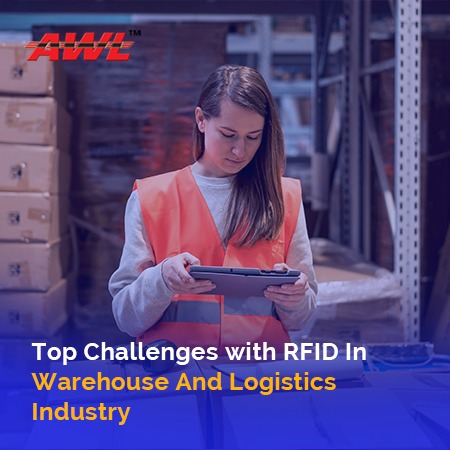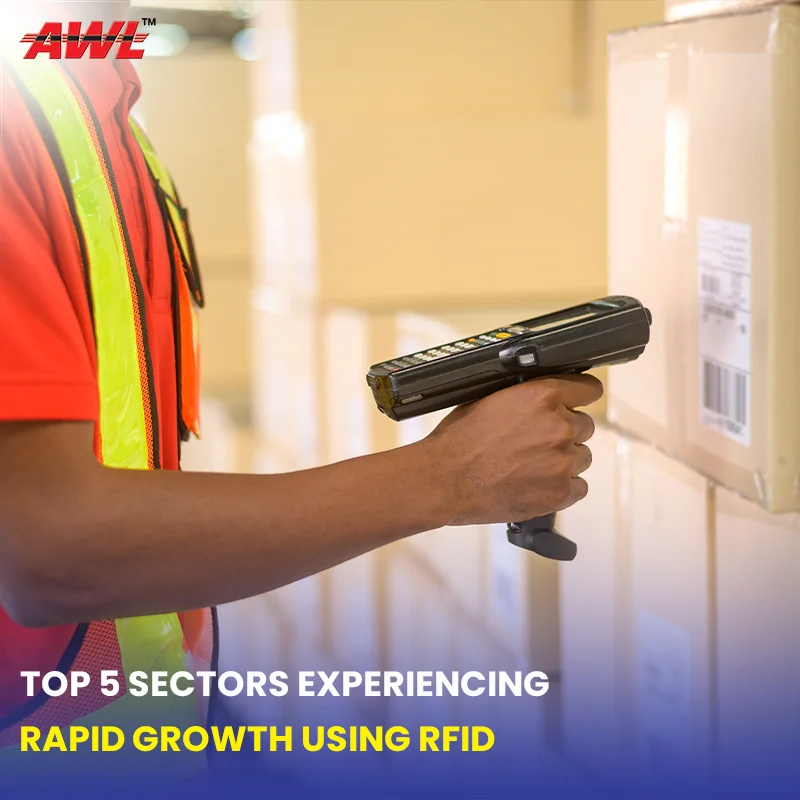

An effective warehouse serves as the public face of your company and is crucial for customer satisfaction since it ensures timely, precise delivery. Happy consumers translate into happy business owners, who in turn create happy employees, who simply improve everything. In addition, increasing your storage capacity enables for improved distribution and higher labour productivity, which essentially means that you, the business owner, receive more for less money.Innovation in supply always follows a period of high demand, which is when larger, better, quicker warehouse technologies come into play.
Businesses using warehouse management software have been found to have optimised material flow, which can crank out more work in less time, as opposed to those manually tracking and handling each element of shipping, which exposes businesses to human error, damages, time loss, and other natural hazards. Consider, for instance, that knowing your current inventory at any given time is essential for company success when evaluating the value of RFID. Inventory visibility and control are essential for warehouse managers and operations to maximise throughput and increase efficiency.
A real-time location system (RTLS) is a cutting-edge technology that can locate assets in warehouses and transportation settings and record their whereabouts in real-time. The transportation and warehousing industries may get unique insights from real-time position monitoring using RFID, and the data it offers us forms the basis of open work processes that boost internal productivity and efficiency.
To maximise your productivity by expediting the receiving and transportation of consumer goods, RFID is necessary to keep better track of the movement and storage of goods within your warehouse. Passive RFID tags, which are useful for products in transit and storage because they have no transmitters or power sources, make sure that this is possible by reflecting radio waves from the antennas back to them in order to provide a real-time position.
As opposed to tracking individual items or pallets over short distances, active RFID tags, which consist of a transponder with a microchip and antenna, are utilised for bigger assets like shipping containers. Workers in the warehouse are linked to the back-end application server for warehouse management using RFID Warehouse Software, which records warehouse operations on wireless handheld devices. This involves looking at RF or bar codes on the pallets. Employees may more readily decide where to select, store, count, or transport items inside the distribution centre using this data.
The broad advantages of RFID in warehouse management enhances security AND prevents under- or overstocking.
A longer lifespan and less damage from procedures because of the sturdy build. More quickly and more thoroughly than even the top portable barcode scanners. Following are the overall business benefits of RFID.
Inventory accuracy is crucial, but obtaining it is difficult. Without the time-consuming and frequently expensive inventory audits that can take hours or even days, RFID enables you to achieve and maintain 99.9% inventory correctness. Within minutes, RFID gives you complete real-time pallet location details. By carefully tracking inventory as it moves through the inbound/outbound process, management may be simplified by always having the right supply on hand. Additionally, by removing the need to manually scan a barcode each time a pallet is picked up or dropped, RFID can potentially save up to 15 seconds on every pallet move, which equates to four hours of time for every 1000 pallets moved. RFID also provides a clear and current picture of when and where inventory travels. As a result, transactions, finding and managing goods, and reducing pointless procedures like barcode scanning take less time.
Effective RFID deployments enhance incoming and outbound routing, which significantly reduces costs. Unparalleled accuracy is provided by real-time GPS monitoring, which boosts production and efficiency as a consequence. By maximising each person and vehicle, SCALE is therefore certain to generate a ROI in efficiency savings over time.
Jobs are finished faster and more safely than ever before by designing the best work routes and processes for people and machines.
A warehouse operation that is otherwise successful may fail due to transportation issues. You may work with your drivers to continuously fine-tune and enhance performance that benefits the business and the driver, eventually resulting in the highest level of customer satisfaction, if you have access to real-time driver movement information. A single pallet shift typically requires 2 minutes of driving time. The time required to transport 40,000 pallets every week at an average delivery time of 2 minutes is about 5340 hours, although most businesses discover that the real number of driver hours is closer to 7000. It is not easy to calculate efficiency, and without RFID, it would be nearly impossible to pinpoint where time has been spent or wasted. Using a WMS gives our clients accurate movement information, allowing them to pinpoint where and how time is lost and make improvements to efficiency based on numerical inputs.
Our RFID gives clients all the knowledge required to look into and steer clear of such issues, from identifying faults to rerouting warehouse traffic to avert repeat mishaps. Utilise all the capability-enhancing features in your WMS to make the improvements you need to keep up with your market's growth and expand your company's horizons.
In conclusion, increased productivity and efficiency are both closely related to profitability. Moreover, AWL India is one of the leading logistics and smart warehouse solutions provider companies in India. The research is in, and the natural next step is to determine how rapidly your firm can move to maximise its structures and processes, not whether it should take use of new technologies.

